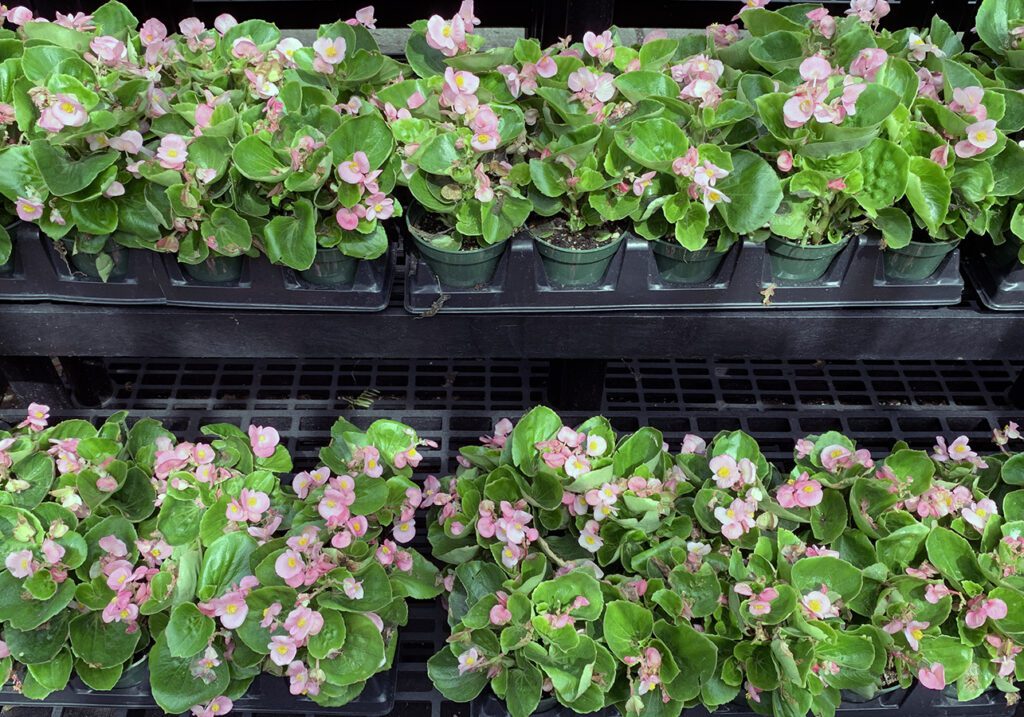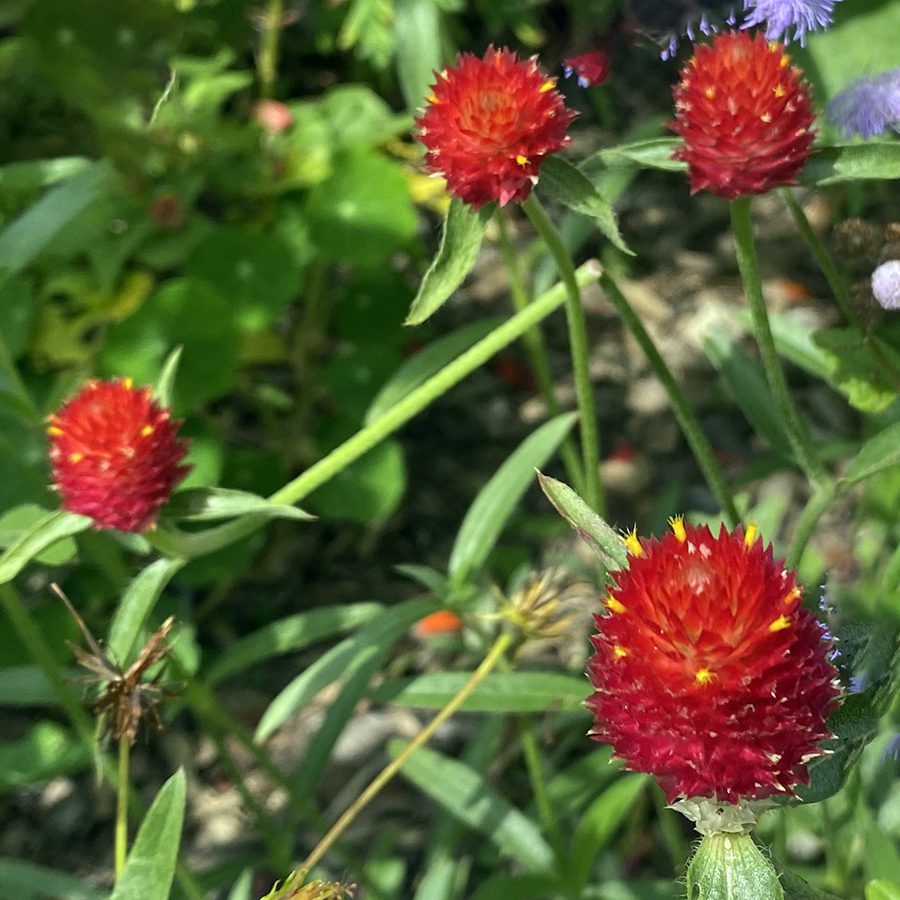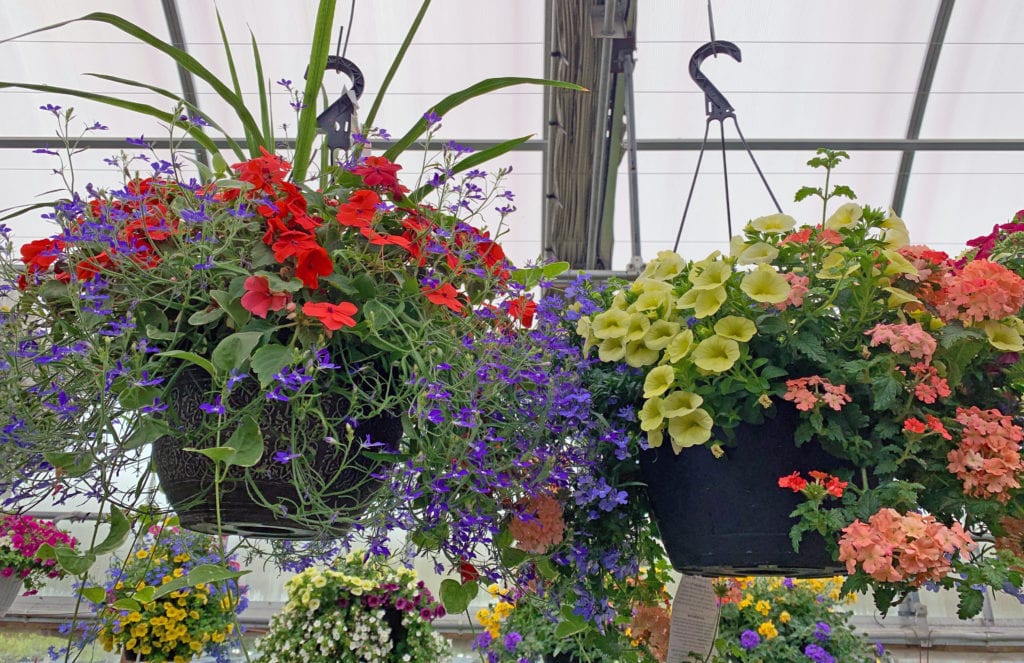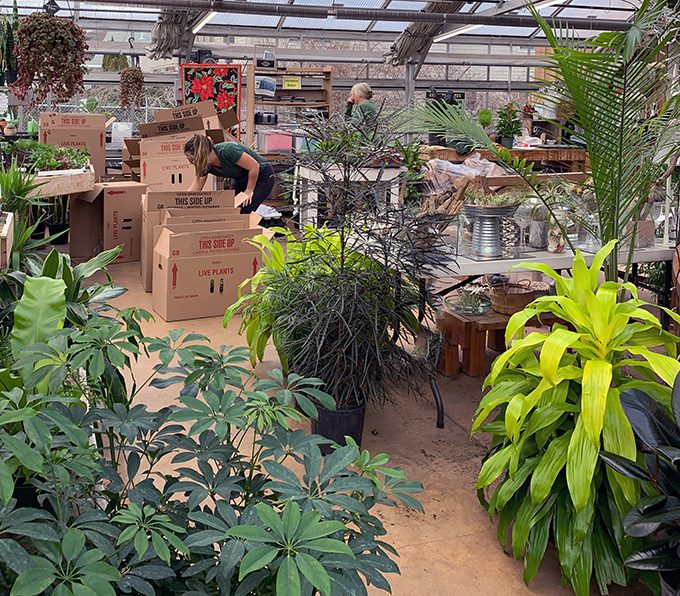August Garden Fix-ups
August Garden Fix-ups
On the Cape many people have company in August, and frequently there are barbeques, family reunions and assorted other gatherings in our backyards. So at this time of year people are looking around at their gardens and wondering “What can I do to quickly spruce up the garden?”
Naturally, we want to do this quickly since the weather is usually warm, and we also want to make improvements that we’ll enjoy into October, long after the company is gone. Here are a few suggestions
- Let’s get the least popular fix-up out of the way first: weeding and deadheading. No, it’s not as much fun as planting, but spending an hour or two in the garden early in the morning cutting down the spent daylily stalks and pulling those weeds that appeared overnight (the crabgrass!) will instantly improve every landscape. To quote a famous ad campaign, JUST DO IT!
- Annuals are the answer! Poking in a few annuals at this time of year makes perennial gardens colorful until hard frost. But be sure to group your flowering annuals together in clusters of three, five, seven or more. One larger group will make much more of an impact than a random annual here and another there.
- If your window boxes or containers have dried out one too many times, or if the early flowering plants have gone by, refresh them with new flowers. In mixed containers where one or two plants have failed, scoop those out with a trowel and stick in an new plant in that location. Be sure to water the container well and sprinkle in some time-release fertilizer such as Osmocote to keep both the new and older plants flowering into the fall.
- Hanging baskets work wonders. Some people find that their hanging baskets have passed their prime by August, especially if they haven’t been regularly trimmed or fertilized. An instant fix up in these situations is to install new hangers. But hanging baskets are also good for instantly filling urns, pots and gardens. Since the plants in new hangers are large, one will fill a large space: just cut off the hanging hook, remove the plant from its pot, and install in your container or garden.
- Use garden ornaments to stop the eye. If you’ve got a location where there is a bunch of greenery but no color, a garden ornament or birdbath can instantly make the area look better. Move around something you already have or use this as an excuse to buy that birdbath, gazing ball or other ornament you’ve had your eye on.




7 Comments
Leave a Comment
Subscribe To Our Newsletter
Sign up for our weekly email about sales and events.

Great ideas. Thanks for this service!!!
I planted some of the larger begonias ( with thick, waxy leaves) about 3 weeks ago… Something is eating the leaves, and one plant is almost all eaten except for a flower on the stalk..
Tried Capt Jack’s Deadbug, and Sluggo for snails and earwigs…. those didn’t seem to help..
Is there anything else I can try?? Thinking it must be an animal that is eating my begonias??..
Any advice would be welcome..
Thank you,
Linda Willoughby
It might be rabbits or a woodchuck. You could try one of the animal repellants or covering the plants with bird netting for awhile. The bird netting is black and so doesn’t show much, and sometimes breaking the animals’ habits of where they feed can be enough – once they develop other habits they can move on. I’ve used the bird netting for bunny control in my veggie garden recently and it works well.
I bought some yellow, red and orange begonias, but I must have over-watered them, since the thicker stalks seem to have rotted out and dropped off. Please let me know how often I should water the begonias. They really jazz up my window boxes w/ loads of color, but it’s the first time I’ve ever tried to grow begonias. Thanks.
Carole O’Donnell
Begonias can get crown-rot. The best thing to do with this plants is wait until the soil feels dry on top before watering, and water in the morning whenever possible, avoiding getting the leaves wet because that can create a humid environment around the whole plant. It’s impossible to give someone “a watering schedule” because how often the soil drys out will vary with different locations, pot sizes, soils and night temperatures.
The dogwood I planted last month has developed some brown tips and looks a little lethargic. A few branches are beginning to look like they are ready to die. Overall growth seems to have stalled. It’s planted in full sun, the soil was amended with MooDoo, it’s been regularly watered, and it has been fertilized. Help!
Gayle,
You say this tree has been watered regularly – if it’s been with an automatic irrigation system it probably isn’t deep enough. Ditto for handwatering. Brown tips are either an indication that the plant has dried out or of fertilizer burn, and given the dry weather the Northeast has had all summer, that’s the most likely cause. Use a sprinkler to water this tree, leaving it on a wide area, not just wantering under the trunk, which only soaks the immediate root ball but not the ground around so that the roots don’t grow into surrounding soil. Most sprinklers take at least 2 1/2 to 3 hours to deeply soak the ground. Do that once a week to keep the root ball saturated as well as the surrounding soil so that this plant can develop a strong root system. Additionally, if this was a balled and burlaped tree it is natual to have some die-back or shock in that a good portion of their roots were lost. Again, deep soaking once a week is critical here.